In November 2018, the image of Maria Lidia Meza Castro desperately holding on to her twin daughters at the U.S.-Mexico border as a tear gas canister unleashed smoke behind them sparked national anger.
“Honestly, in that moment, I just thought, ‘I’m going to die with my kids right here and now,'” Castro tells TIME.
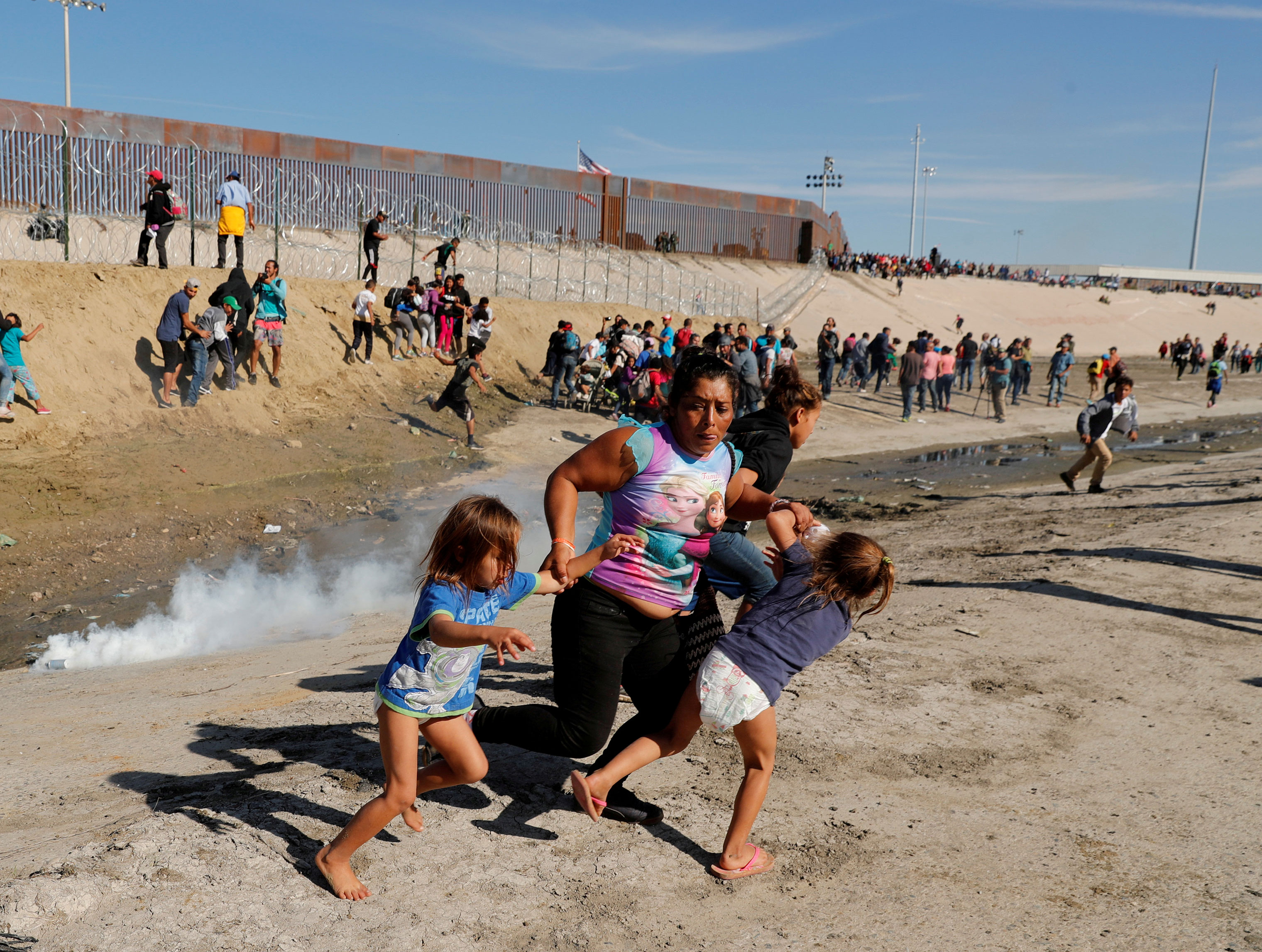
Six months later, Castro is living in a three-bedroom house in the Washington, D.C. suburbs with the five children she brought with her on the 2,000-mile journey from Honduras. And as millions of Americans prepare to celebrate Mother’s Day on Sunday, she says she would do it all again. But, her thoughts are constantly on the four children she left behind.
“Trust me, in Honduras you really suffer. Thank God at the very least I’m not suffering, but my kids over there are, and that’s tough,” she says.
Castro says she left Honduras in October 2018 and reached Tijuana a month later. It was there that U.S. Customs and Border Protection officers fired tear gas canisters at migrants rushing toward the U.S. border. Following the incident, Castro spent weeks in Tijuana camps until she and a group of fellow migrants were escorted to the Otay Mesa port of entry with the assistance of the nonprofit group Families Belong Together and two Democratic members of Congress. They also helped her apply for asylum. After making it through the border, she and her children were detained for five days before being released to live in the Washington area, close to where Castro has family.


Photographer Federica Valabrega first met Castro and the five children she brought with her last November in Mexicali, Mexico, as they were making their way to Tijuana, days before the photograph of her being tear-gassed made headlines.
Valabrega lost contact with Castro after she entered the U.S. When she finally tracked her down, Valabrega spent three weeks with the Castro family, living with them and documenting their daily lives as they adjust to the United States.
“Ultimately, I felt compelled to follow up with Maria because I wanted to know how she was doing and because her determination to do anything in her power to raise her children in a better place as a single mother inspired me,” Valabrega says.

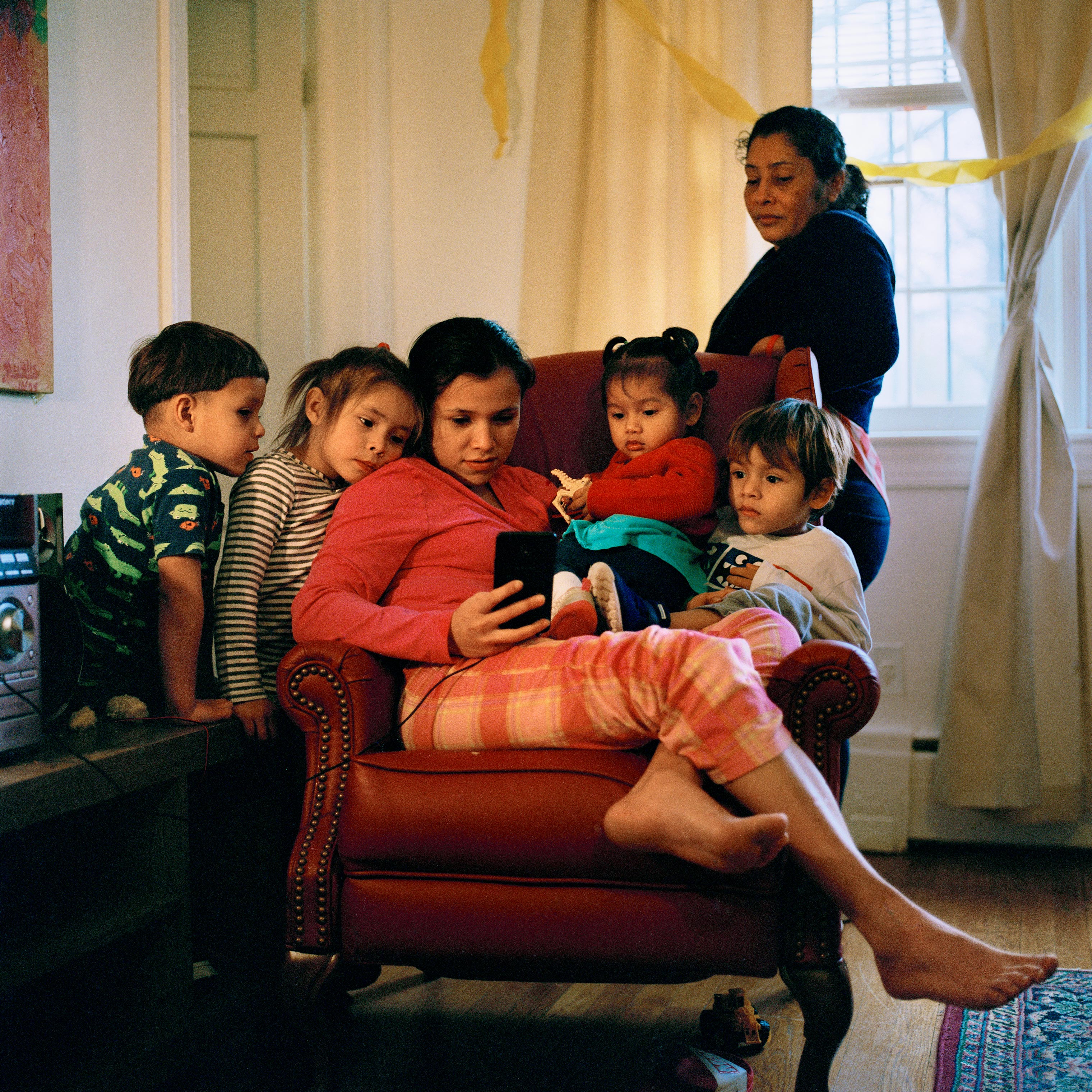
Castro and five of her kids share their new home with a fellow Honduran migrant mother and her two children. For now, the future is uncertain –– Castro’s attorney says there is a huge backlog and no set court date, leaving Castro and her children in limbo.
She is forced to wear an ankle bracelet, which some asylum seekers are issued to ensure they do not flee before their court date, and is not legally allowed to work. She spends her days tending to the children she was able to bring and worrying about the ones back in Honduras.
Castro crossed the border with her 4-year-old son James, 5-year-old twin girls Cheyli and Sayra, 13-year-old daughter Jeimy and 15-year-old son Victor. But she longs to be reunited with her 20-year-old son, Jayro, who was already in the U.S. but was deported in early February; her 18-year-old twins boys, Fernando and Yoni; and her 16-year-old son Jesus, who is paraplegic and cannot walk or travel. She fears they will fall prey to the violence she fought so hard to escape.
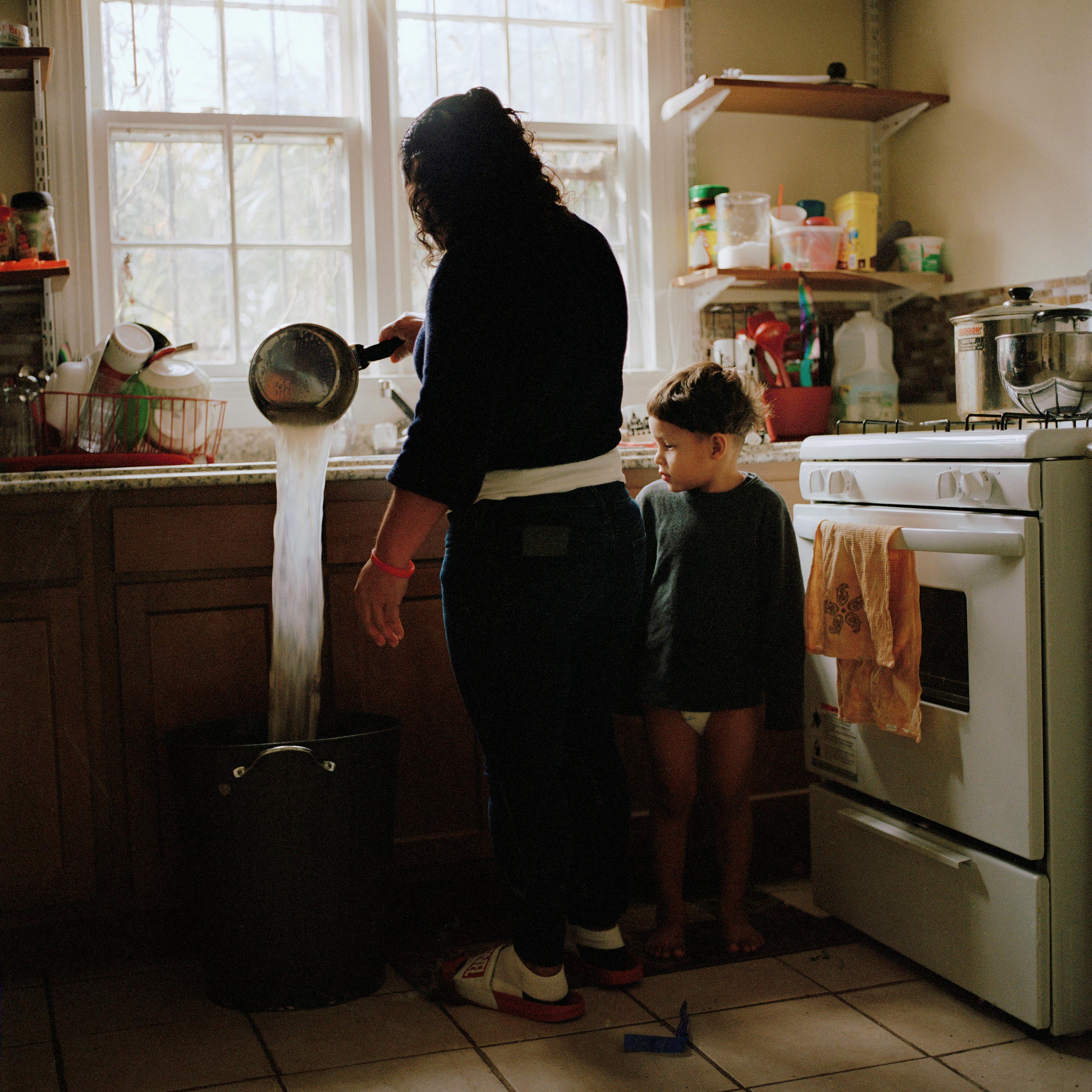



![Maria, right, lays in bed with Enoc for an afternoon nap on March 25. Castro sleeps at home when her other children are at school because she suffers from high blood pressure, often causing strong headaches, she says: “My [ankle] bracelet hurts me and I want to get it off, but at the court they said they would remove it in six months.” (Federica Valabrega)](https://api.time.com/wp-content/uploads/2019/05/migrant-mother-border-children-05.jpg?quality=85&w=3040)
“It’s hard because things are looking so bad in Honduras,” she says. “Over there they are killing people, they’re forcing young men to sell drugs and commit other crimes. My son feels terrible because he’s so far from me but also because I’m not able to help him financially because I still haven’t been able to get a job.”
Castro’s inability to have a job forces her to rely on a local church for food and other essentials while she awaits a court date that is likely still months away.
“I wish I could work. I want to fight for them and support them financially, but it’s not possible yet,” she says.
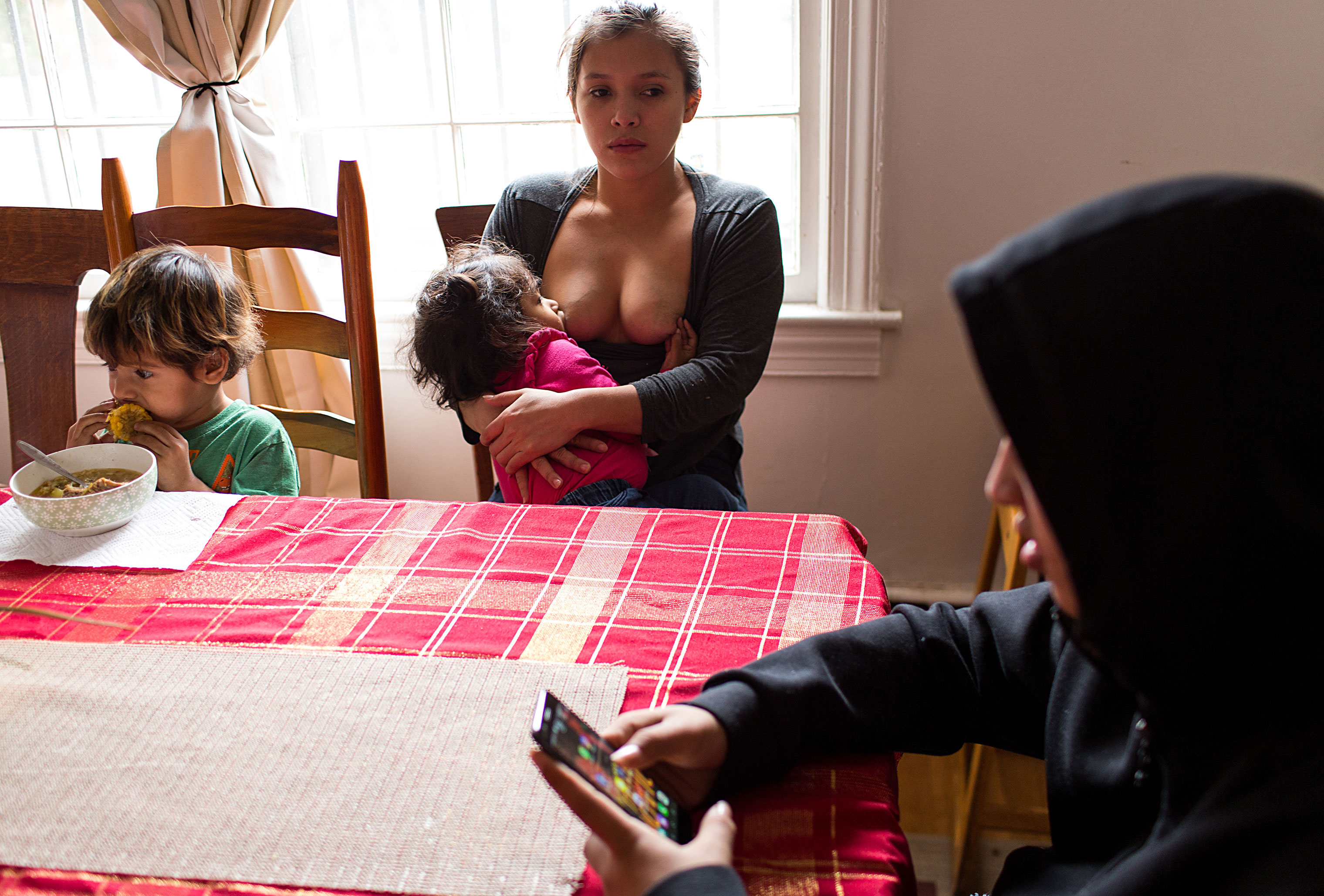
Now, as Castro and her youngest children settle into life in the United States, she says her focus is solely on obtaining asylum so she can begin working and providing for all nine of her kids.
“I’m just happy for the opportunity to be here. Now that I’m here, I at least have some hope to give my kids a good life,” she says. “I like it here because there is not as much danger; here you can be in peace. It’s just so different from life in Honduras, where you can’t even be outside after a certain time without putting your life in danger.”
She says her children are getting more accustomed to life in the Washington suburbs with each passing day. They are beginning to learn English and enjoy playing in the park.
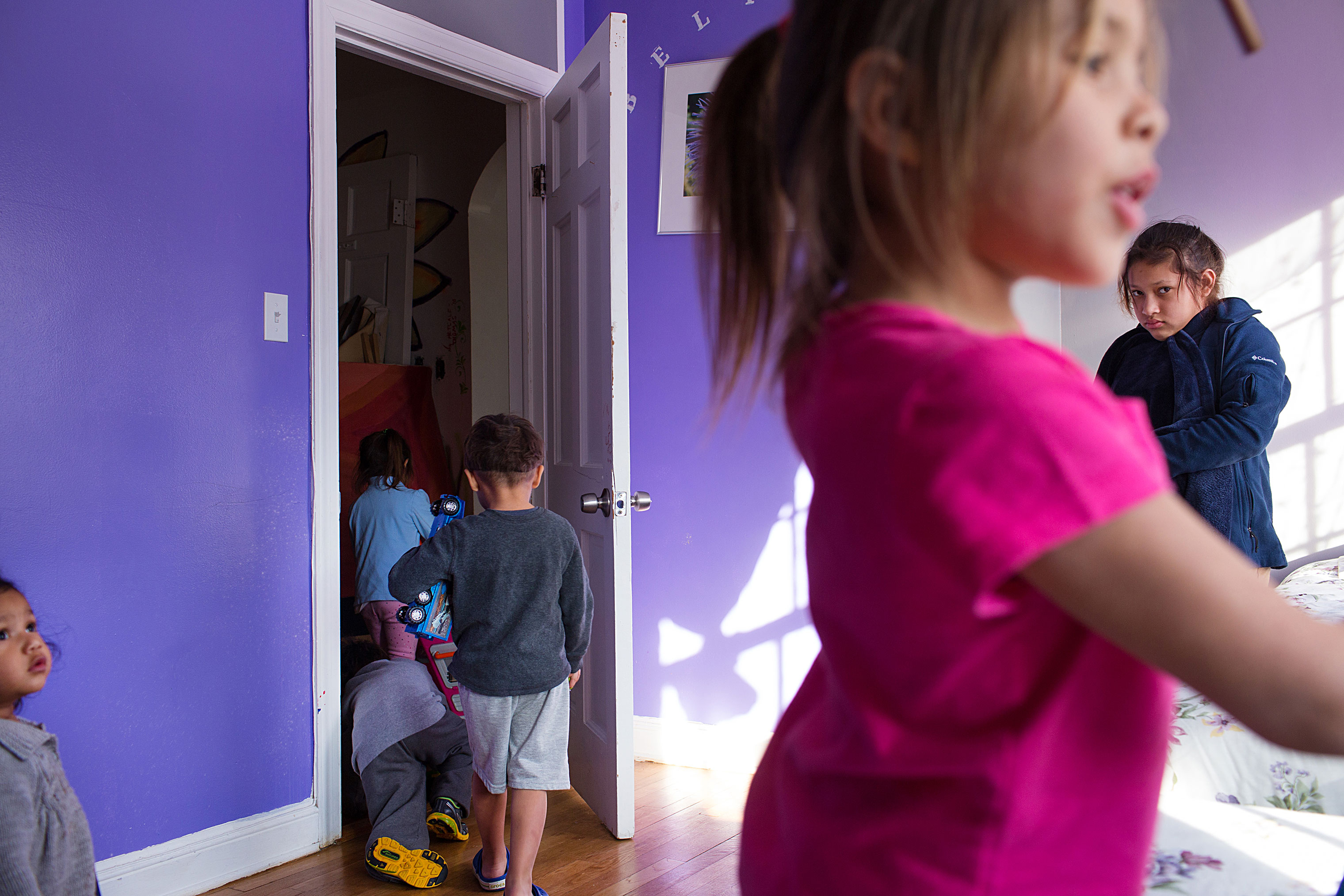

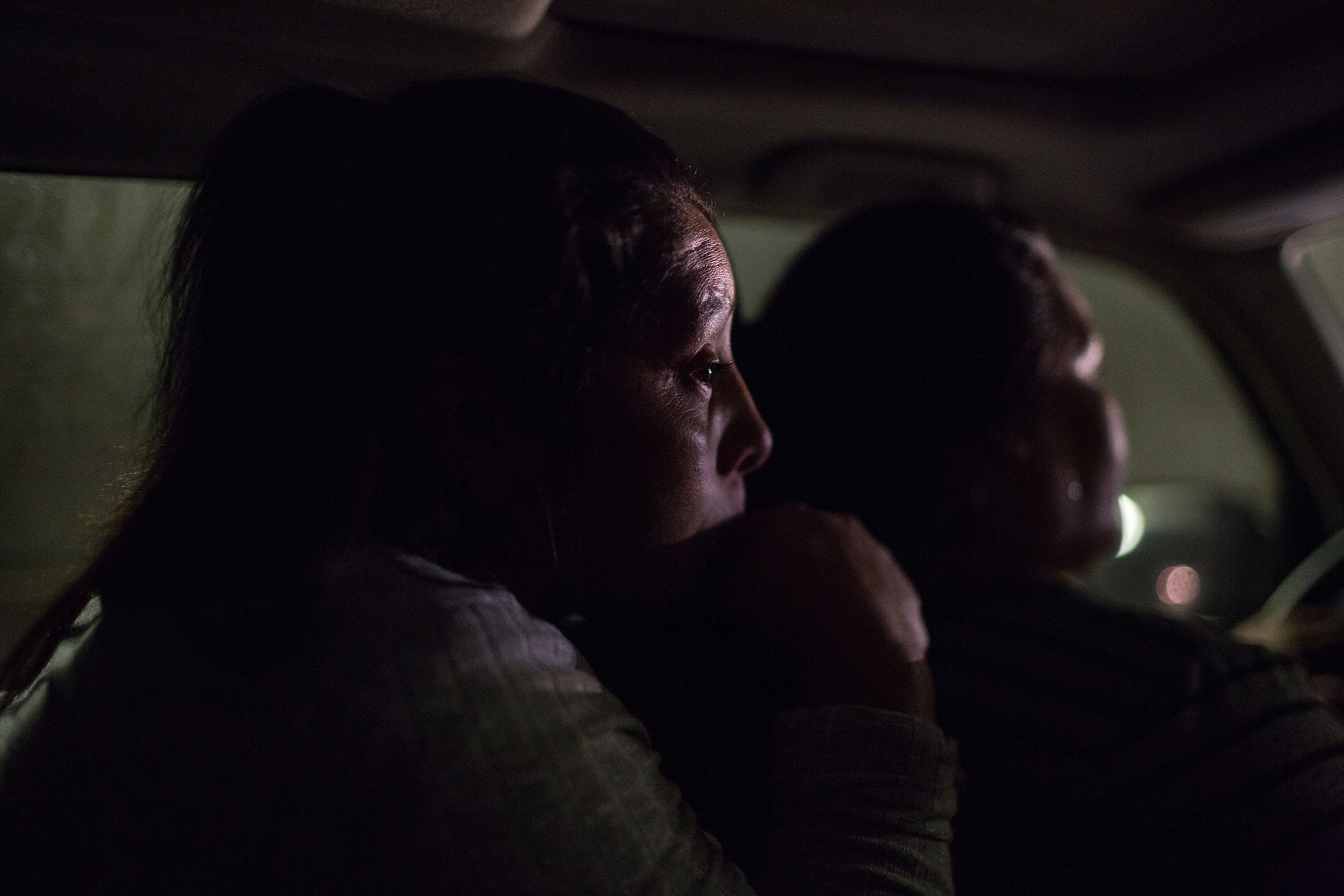
As Castro looks back on the difficult journey from Honduras, she says she would do it all over again if it meant ending up where she is now.
“It was very much worth the suffering we had to go through to end up here,” she says. “I constantly lived in fear and all I could do was pray to God to keep my kids safe. I think that that photo of me and my kids being gassed helped people see that we are humans too and we deserve to be treated with basic dignity. All of us are the same in the eyes of God.”
She adds: “My message to mothers everywhere, especially moms who are going through what I am, is just that God gave us a chance to change our lives and with patience and hope we can fight for our families and give them a better life.”


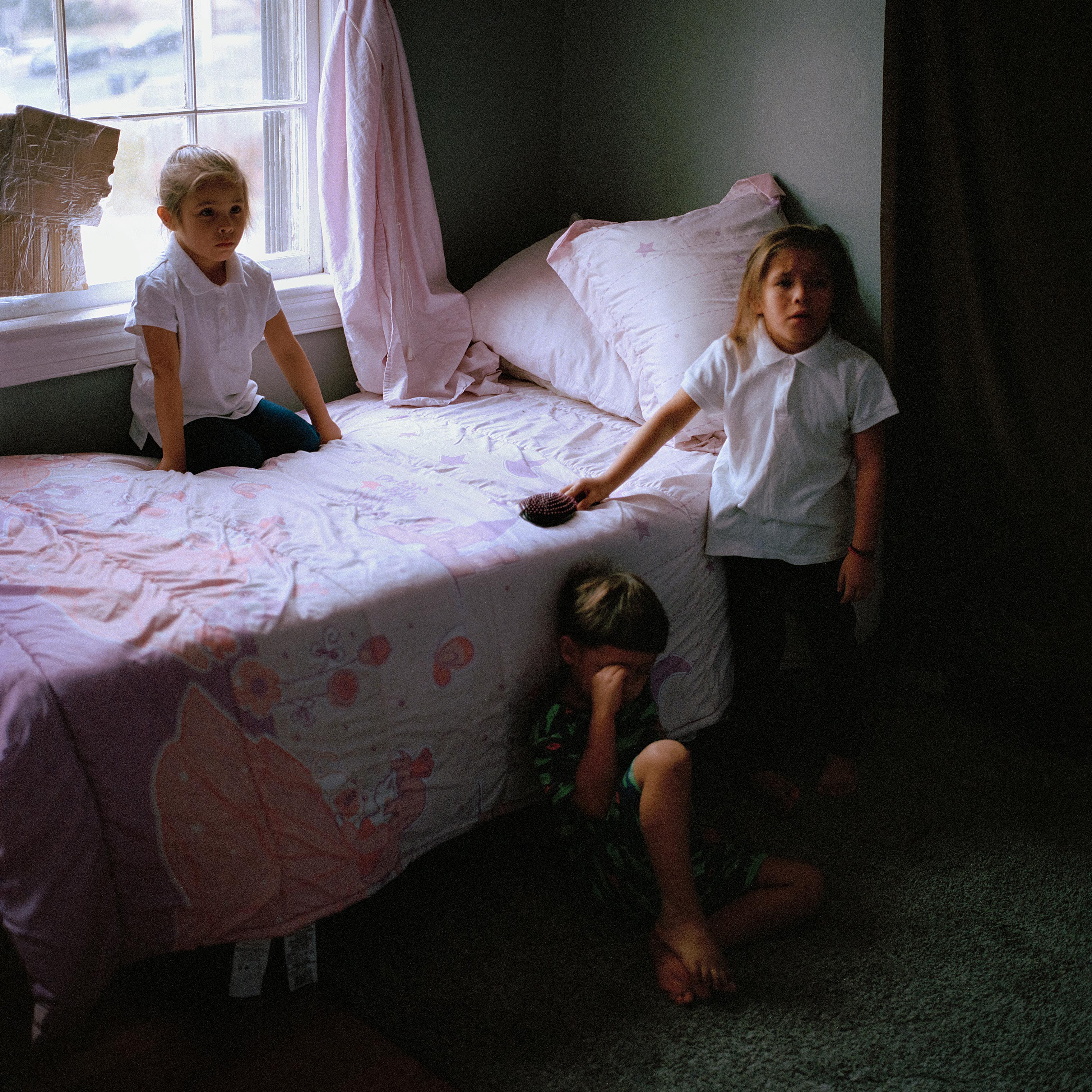
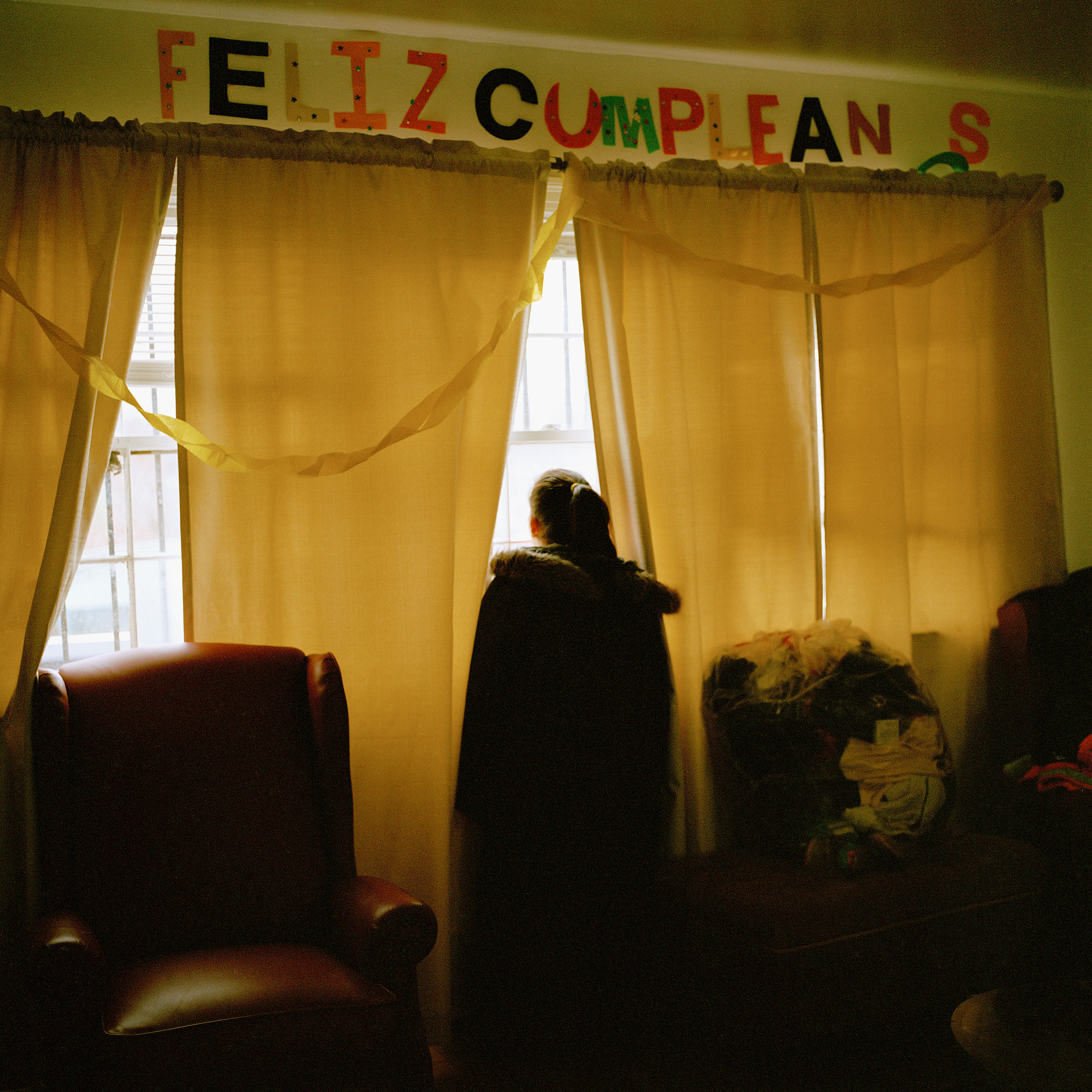
- Donald Trump Is TIME's 2024 Person of the Year
- Why We Chose Trump as Person of the Year
- Is Intermittent Fasting Good or Bad for You?
- The 100 Must-Read Books of 2024
- The 20 Best Christmas TV Episodes
- Column: If Optimism Feels Ridiculous Now, Try Hope
- The Future of Climate Action Is Trade Policy
- Merle Bombardieri Is Helping People Make the Baby Decision
